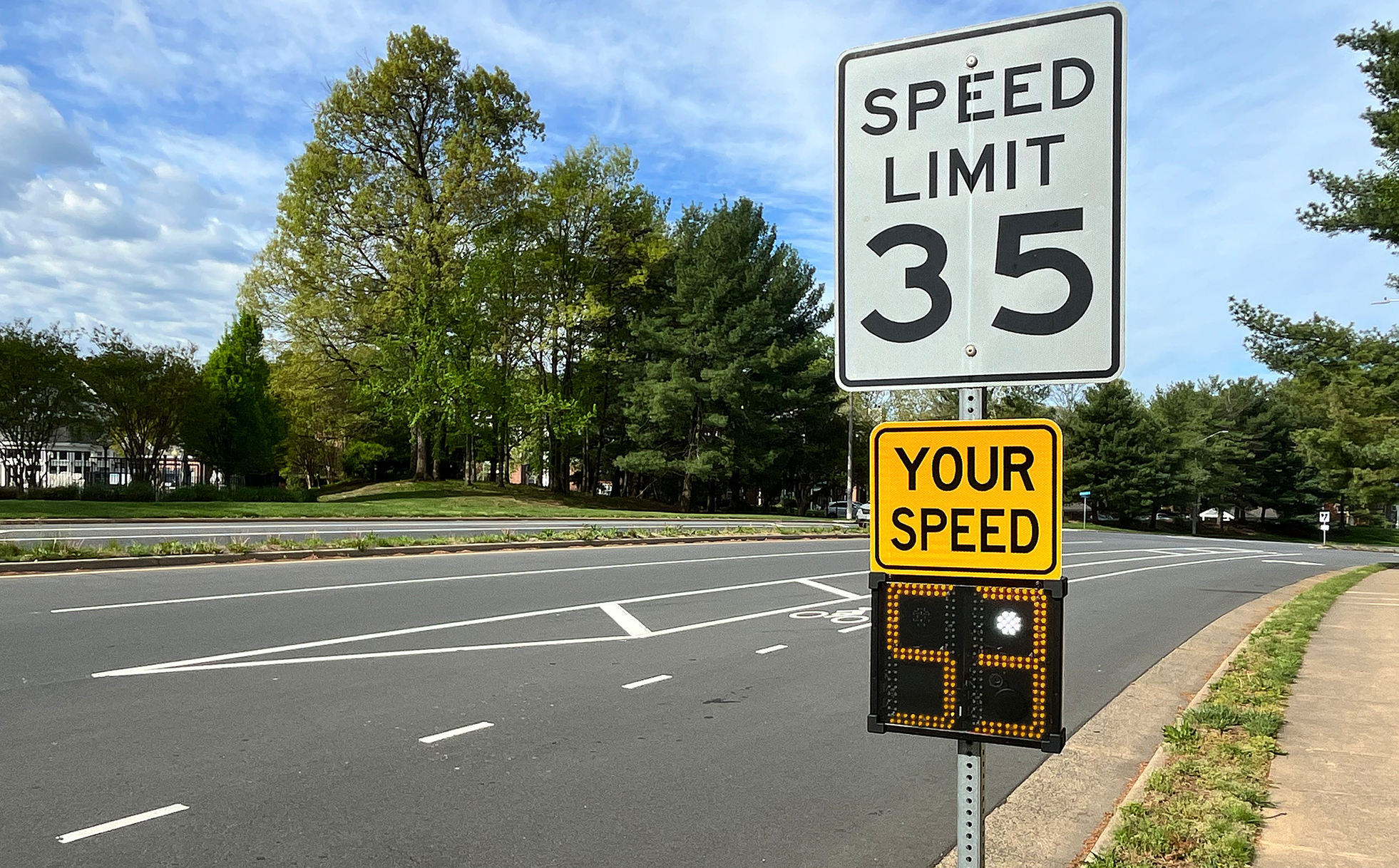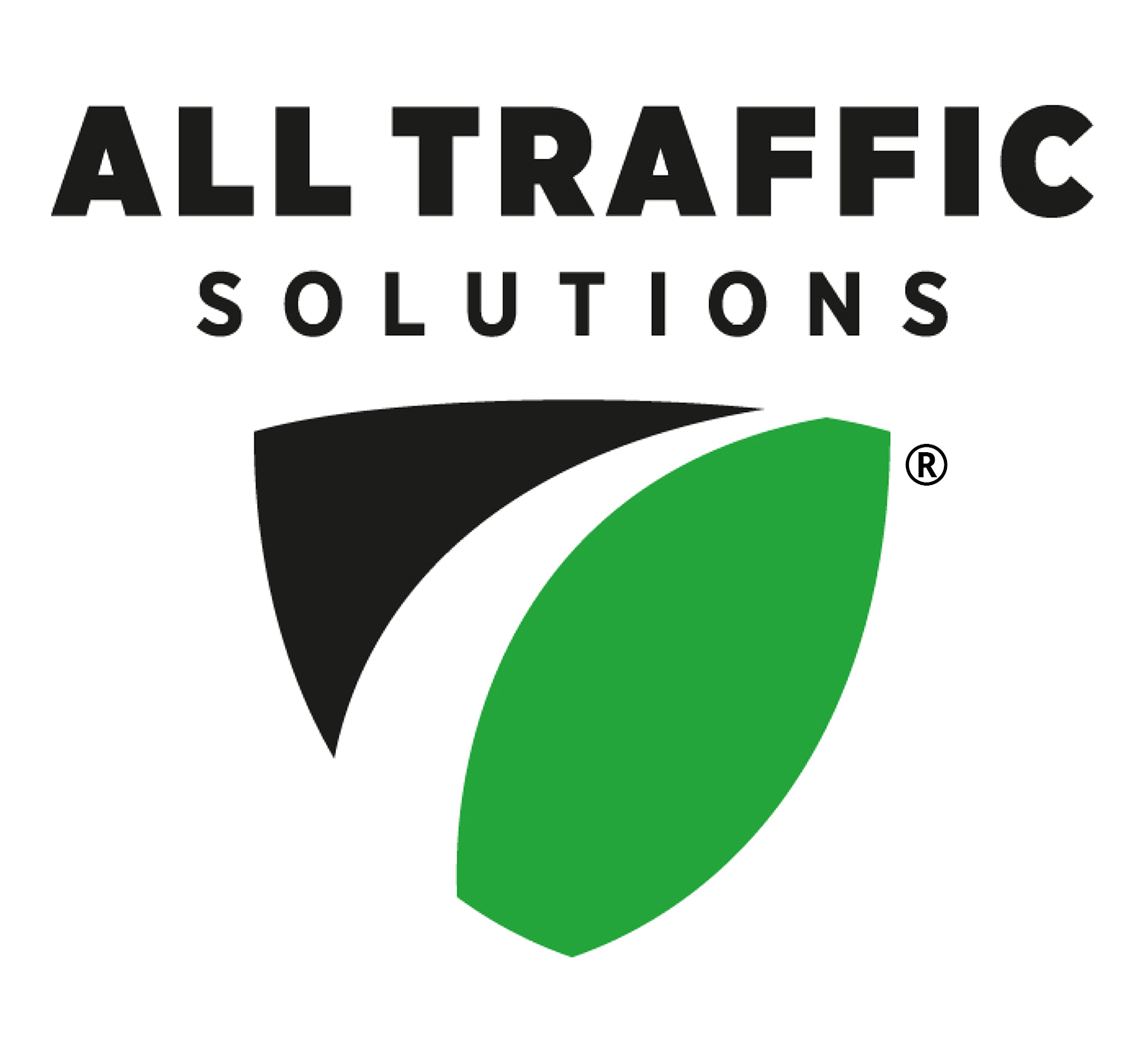When it comes to enhancing road safety, effective speed management is crucial. Signs displaying the speed limit have long served as a tool in setting guides for safe travel speeds. Yet, as vehicle safety technology has evolved, so have the methods for enforcing these speed limits, which is where speed radar signs come into play.
In this article, we will break down the role of speed limit signs, the role and benefits of radar signs, and how these speed reduction tools complement each other.
The Role of Speed Limit Signs
Anytime you’ve traveled on a road, you’ve seen signs posting the speed limit — on both the smallest of roads and the largest of highways. These signs display the speed at which a vehicle is expected to go on a roadway. These signs are used to help enhance safety and reduce the risks of accidents.
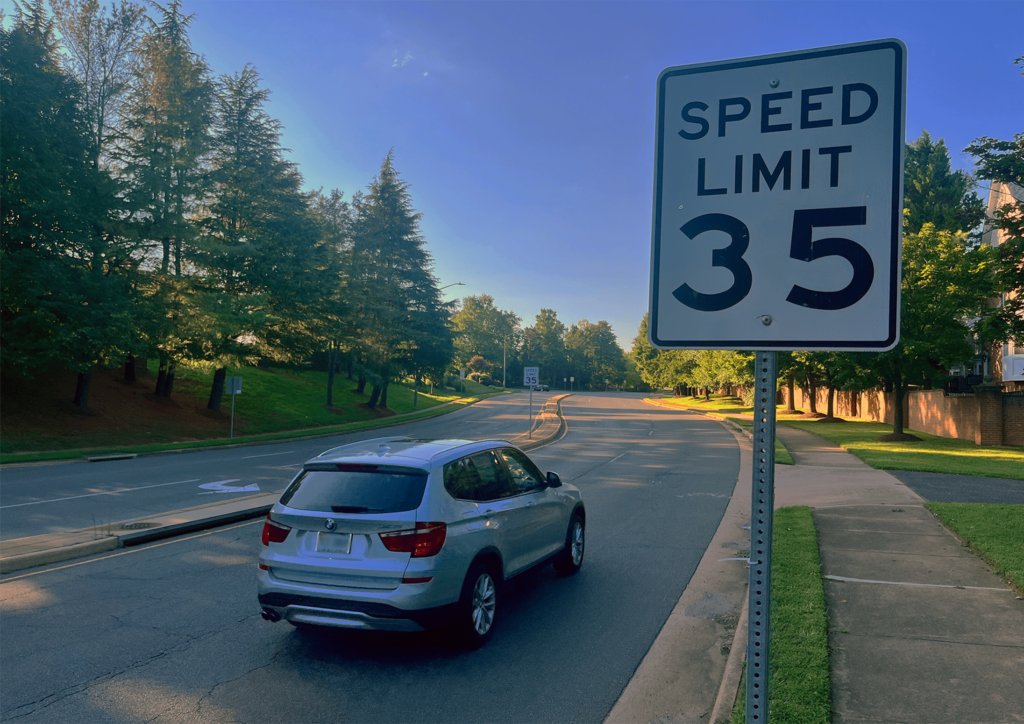
Speed limits have been implemented on roads nationwide ever since President Richard Nixon signed a national speed limit law into effect in 1974. It proved to be effective: traffic fatality rates dropped from 4.28 per million miles traveled in 1972 to 2.73 in 1983 (The history of speed limits in America: A nation speeding up).
Vehicle safety has advanced significantly since that law was passed in 1974. Yet, concerns about pedestrian and driver safety remain. Speed limit notice signs are effective, but there are limitations.
In 2022, there were a total of 12,151 motor vehicle deaths that were a result of speeding-related crashes (Speed, 2024). More recently, an estimated 8,650 people died in motor vehicle traffic crashes in the first quarter of 2024 (NHTSA estimates traffic fatalities continued to decline in first quarter of 2024, 2024). Speed limit awareness is a great foundation, but there is more work to do.
The limitation is they can only serve as a reminder. This is not meant as a dismissal: they are important to road safety. Yet, there are solutions available that can improve traffic safety even further. That is where radar speed signs, or radar message signs, can help. Radar speed signs are effective by working along with speed limit signs.
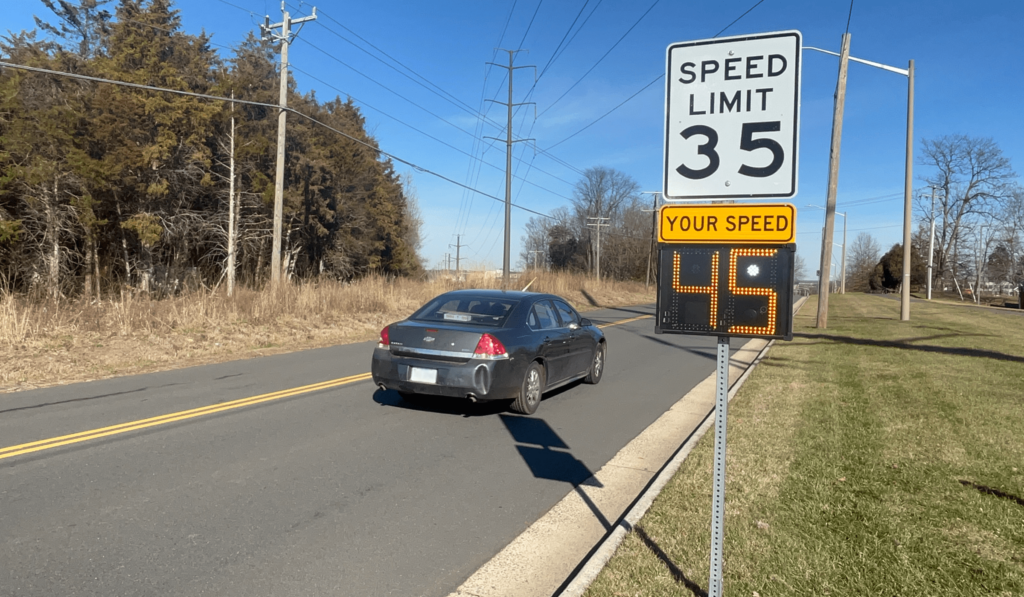
The Role and Benefits of Radar Signs
Speed radar signs are digital displays that show the speed of a vehicle as it approaches. The speed is displayed by LED lights in real time. The illuminated LEDs display clearly during both day and night. LED radar speed signs ensure drivers always remain aware of their speed on the road. These offer flexible power options, making them adaptable to various environments and needs. They can be powered by traditional batteries, connected to an A/C power source, or even run on solar energy. Opting for a solar radar speed sign ensures continuous operation and makes it an ideal solution for locations with limited access to traditional power sources. The versatile power options make these perfect for temporary or permanent installation.
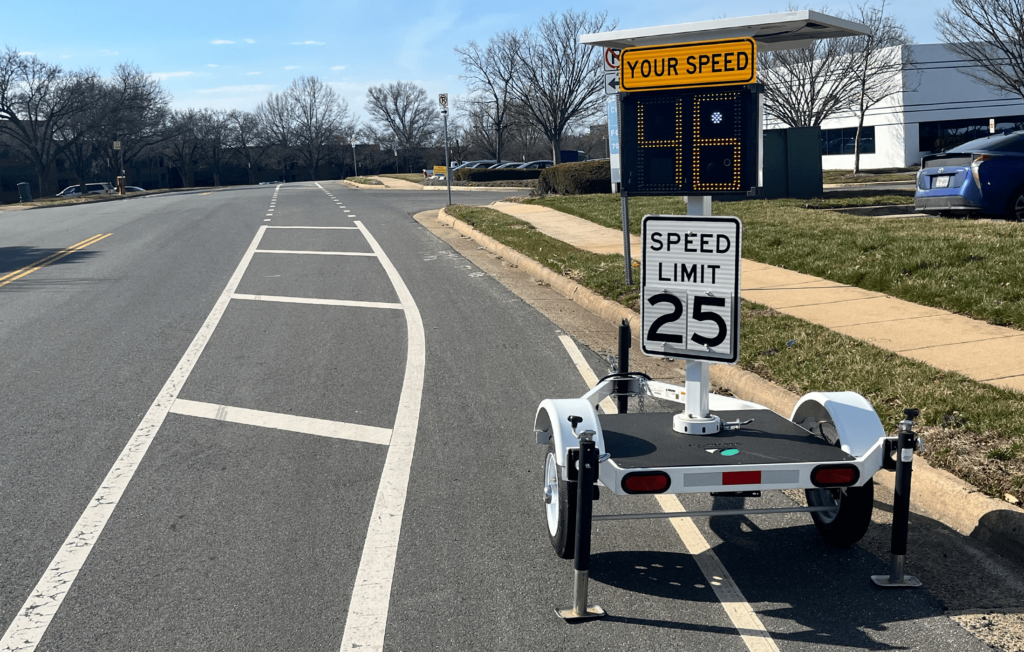
Speed radar signs reduce speeding, consequently preventing traffic accidents and fatalities. The success of radar speed signs is built on the success of speed limit signs.
Radar speed signs are effective. They are effective in increasing compliance and reducing speeding (Sandberget al., 2009). A study conducted by the University of Texas A&M and the Texas Transportation Institue proved that when placed in a school zone or a high-speed roadway, there was an average speed decrease of 4 to 9 miles per hour after the radar speed signs were installed. Also, speed reductions were maintained for four months, which was the length of the study when it was performed (Rose & Ullman, 2003). Other studies have backed up the long term effectiveness of radar speed signs being permanently installed on roadways (Williamson, et al., 2016). These signs can become even more effective. With other speed control technology, like speed cameras, they can enhance speed enforcement even more (Jeihani et al., 2012).
Beyond Speed Reduction: The Data Advantage
Beyond immediate feedback to drivers, the other benefit that these signs offer is traffic data collection. The traffic data can be used to help the community improve safety in numerous ways.
The data collected can be used by law enforcement to help determine speed enforcement priorities. Seeing exactly when and where drivers violate the speed limit will help officers know when it is best to monitor the roads and catch speeding violators.
The data can help inform public works/municipalities to see if further speed reduction measures or infrastructure projects are needed. For example, the data can tell someone if speed bumps or constructing a roundabout is necessary. But, those methods are expensive and time-consuming. Having a more affordable, sustainable speed-reduction tool that can help collect data to see if these solutions are truly necessary.
If you want to learn more about why radar signs are used, you can read more here.
Shield radar speed signs are effective and help reduce speeding and collect traffic data. They can also be managed remotely through our secure online portal: TraffiCloudⓇ.
Shield radar speed signs are lightweight, portable, and durable. Also, they are MUTCD compliant, offer amazing battery life, and flexible power options. To learn more about the speed radar signs we offer, contact us here to get in touch with a representative.
About All Traffic Solutions
All Traffic Solutions has been proudly serving law enforcement and municipalities for over 20 years by providing traffic safety tools such as radar signs, radar speed and message trailers, and portable message boards that can be managed remotely by our patented TraffiCloud software.
References:
American Safety Council. (n.d.). The history of speed limits in America: A nation speeding up. The History of Speed Limits in America: A Nation Speeding Up. https://blog.americansafetycouncil.com/the-history-of-speed-limits-in-america/
Jeihani, M., Ardeshiri, A., & Naeeni, A. (2012). Evaluating the effectiveness of dynamic speed display signs. Department of Transportation and Urban Infrastructure Studies.
NHTSA. (2024, June 24). NHTSA estimates traffic fatalities continued to decline in first quarter of 2024. NHTSA. https://www.nhtsa.gov/press-releases/2024-Q1-traffic-fatality-estimates
Rose, E. R., & Ullman, G. L. (2003). Evaluation of dynamic speed display signs (DSDS) (Report No. 0-4475-1). Texas Transportation Institute, The Texas A&M University System. https://doi.org/10.1177/0361198105191800112
Sandberg, W., Schoenecker, T., Sebastian, K., & Soler, D. (2009). Long-term effectiveness of dynamic speed monitoring displays (DSMD) for speed management at speed limit transitions.
Speed. IIHS. (2024). https://www.iihs.org/topics/speed
Williamson, M. R., Fries, R. N., & Zhou, H. (2016). Long-term effectiveness of radar speed display signs in a university environment. SIUE Faculty Research, Scholarship, and Creative Activity, (62). http://spark.siue.edu/siue_fac/62




